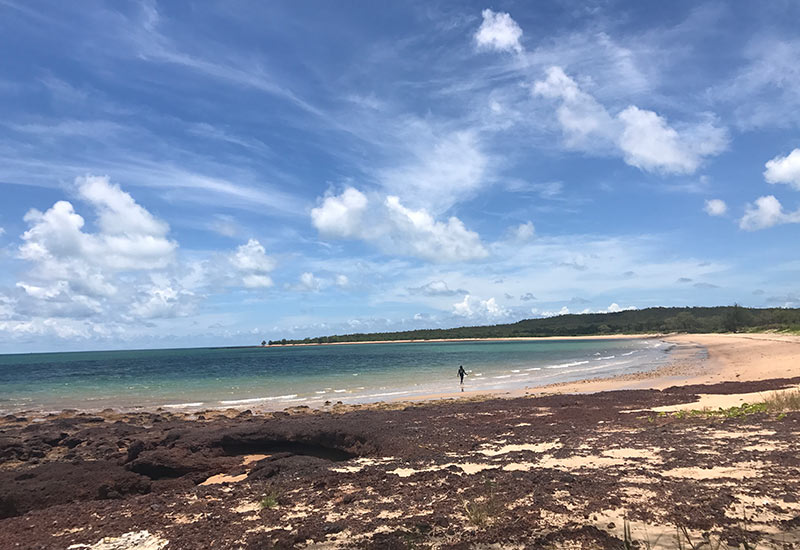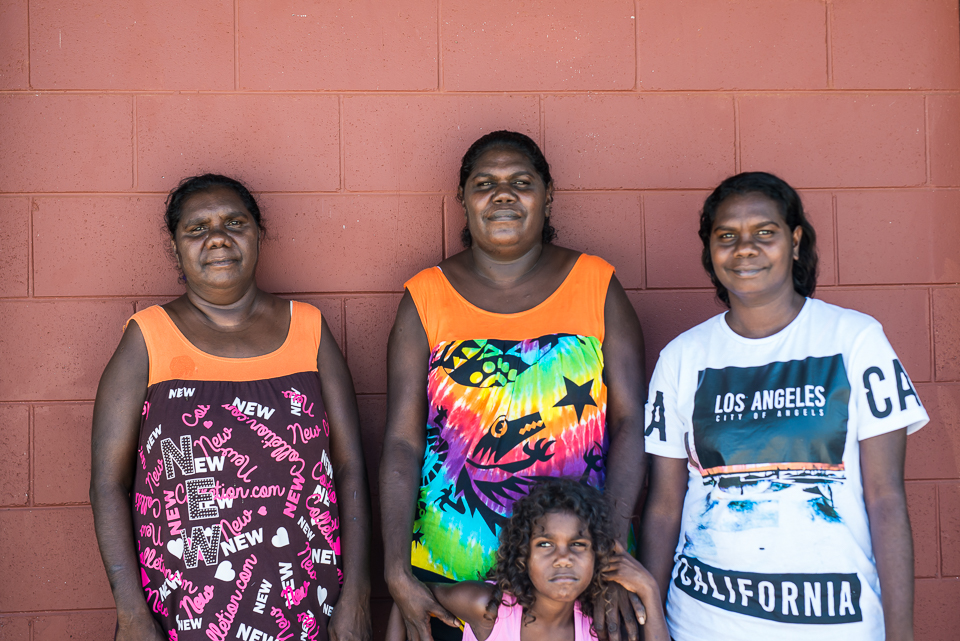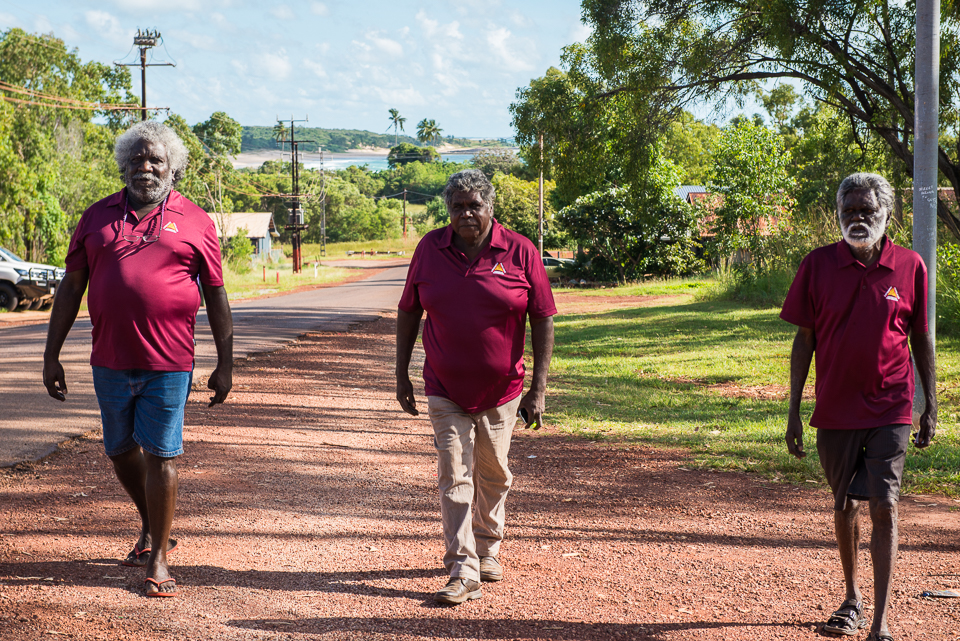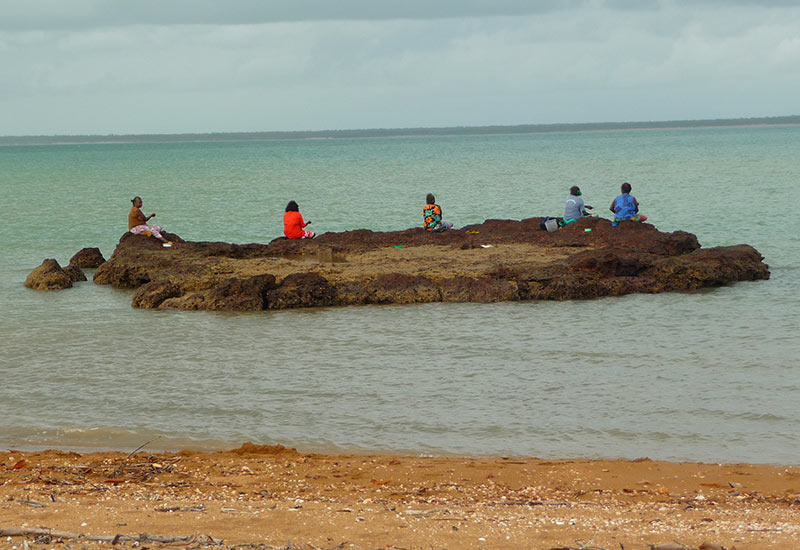“My name is Dr Gawirrin Gumana AO of Gangan, and I am one of the old people who fought for our Land Rights.
I will not lose my culture and my tribe to your games like a bird moving from place to place, looking for its camp or to sleep in other places, on other people’s land that is not our land.
I do not want my people to move from here and die in other places. I don’t want this. We don’t want this. I am Aboriginal from mud, red mud. I am black, I am red, I am yellow, and I will not take my people from here to be in these other places.”

Homelands are places where members of related clan groups live on their traditional land and Yolngu rom (law) is still the foundation.
Homelands people have a strong connection to their land, and maintain their traditional language and cultural values. They choose to live on their traditional land to maintain this strong spiritual connection, social wellbeing, and to provide a positive future for their children and their families by staying away from widespread problems in large communities.
By living on their traditional land, homelands people retain a degree of autonomy. They are empowered to manage their own land, resources and affairs.
They have the power to make decisions affecting their lives, and reduce their dependence on government.
The result of this is a healthier, happier and safer living environment.
The most important difference between homelands and communities is that homelands are extended traditional kinship groups with well defined social and authority structures.


In addition to the benefits for people who live on their homelands, homeland living also reduces pressure on many Indigenous communities that are already stretched to breaking point. If homeland residents were to relocate to towns, this would add significant pressure on housing, health, education and the social wellbeing of residents in the communities, intensifying existing problems. As existing funding to homelands is not being increased, people are being forced to make choices under pressure. It is important that Laynha continues to support these homelands and their people through education and training so they are able to stay on their traditional land.